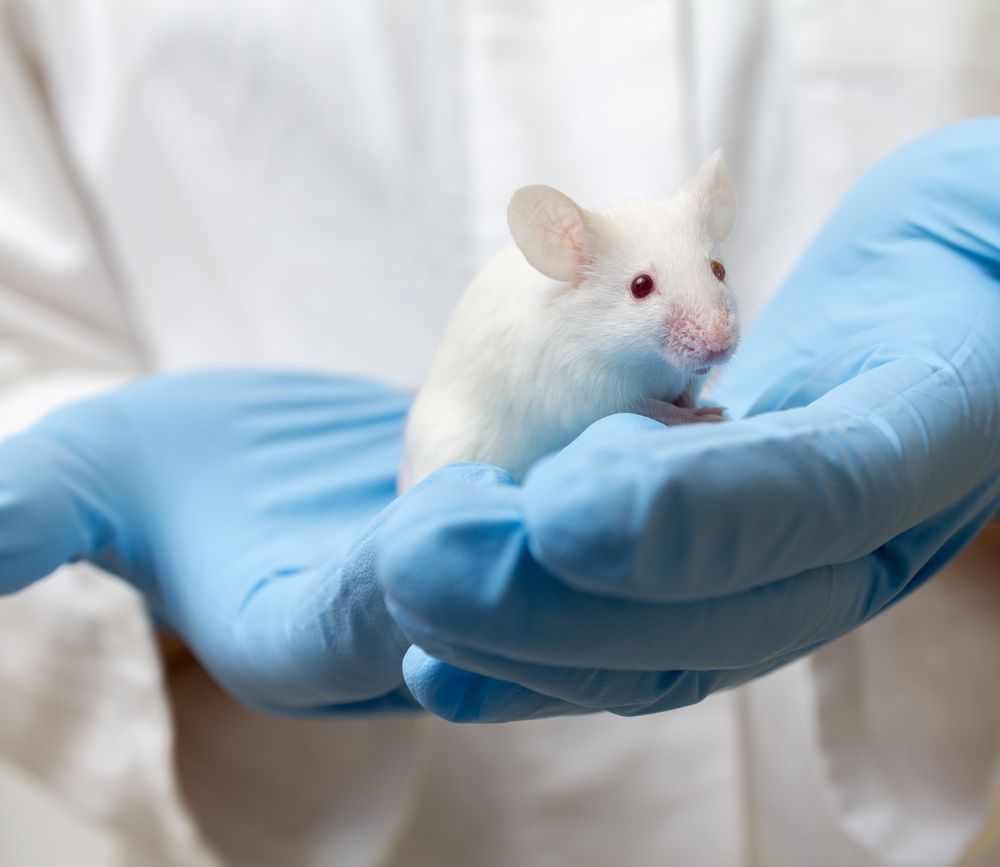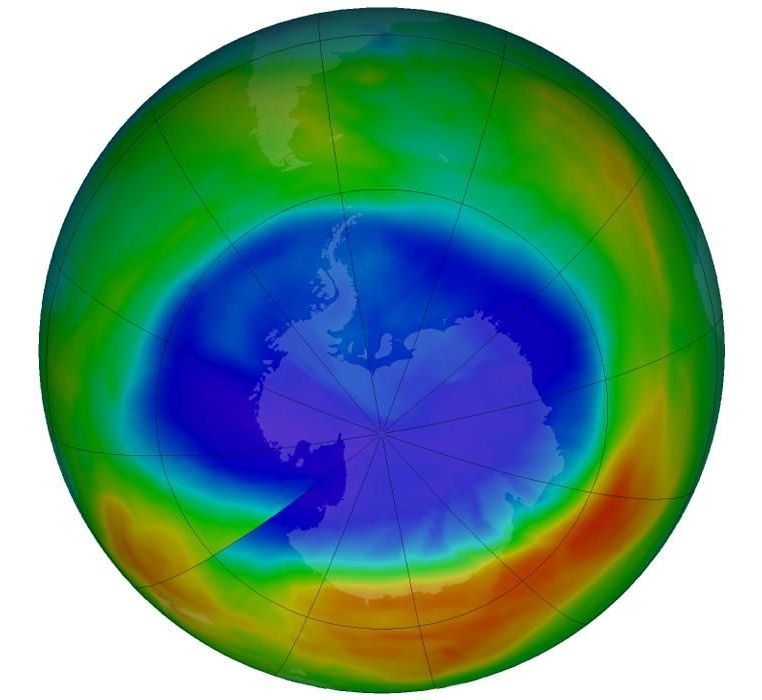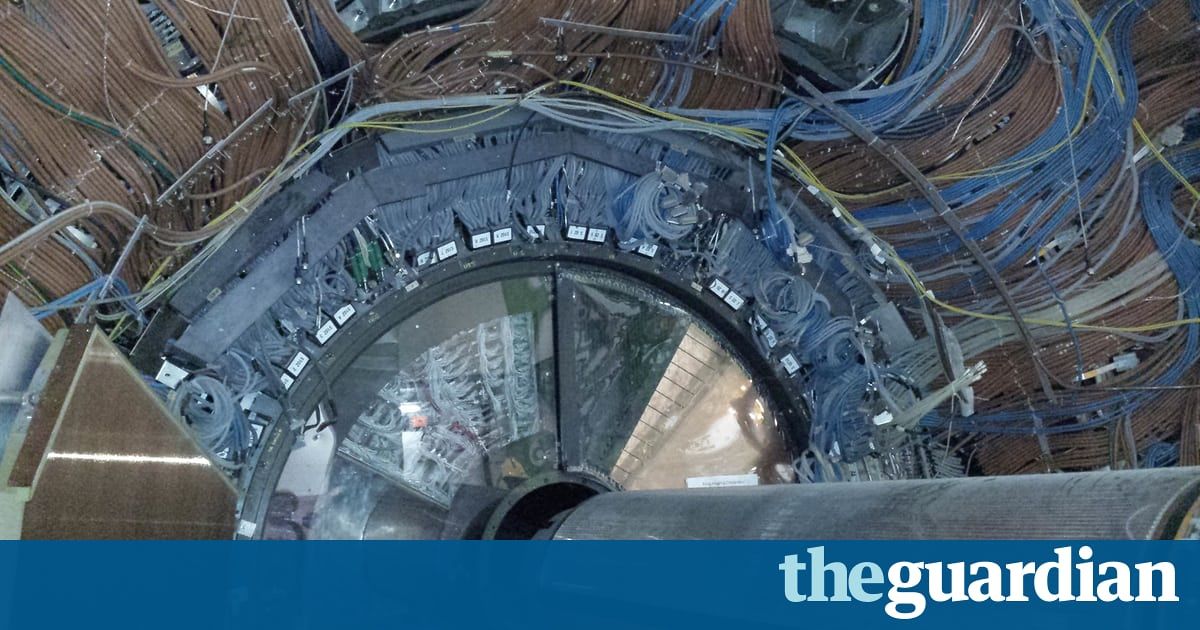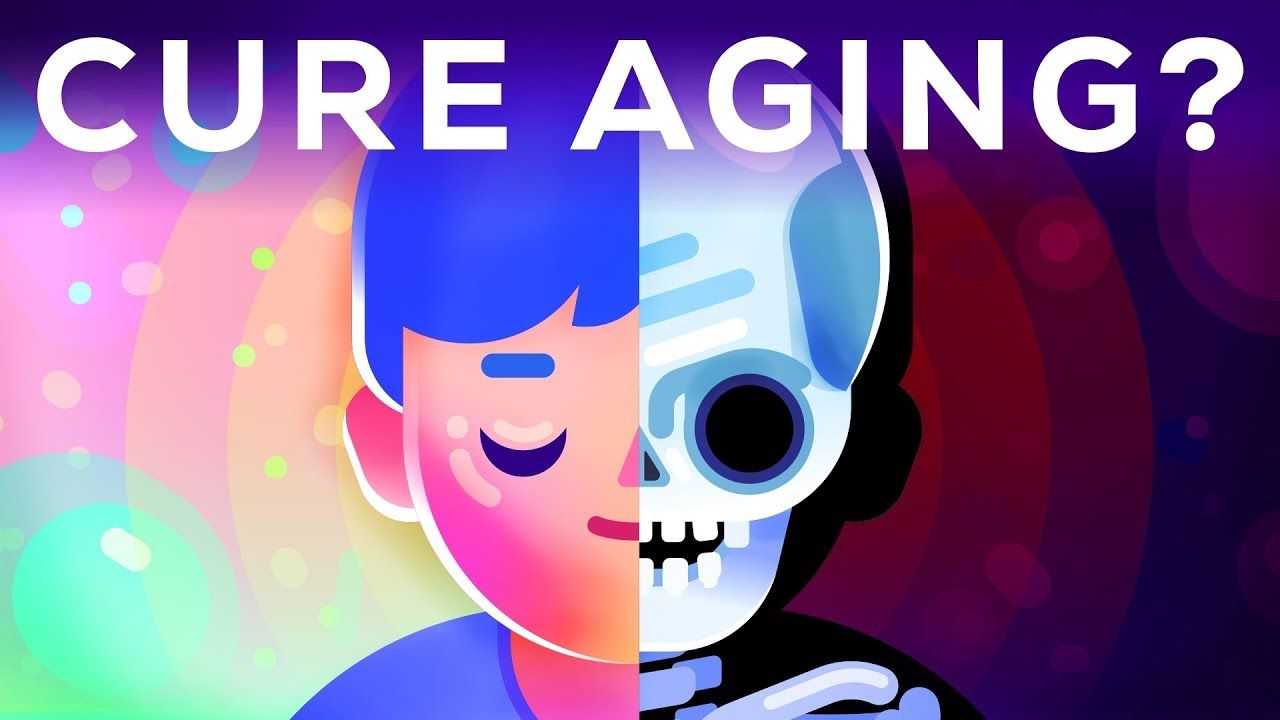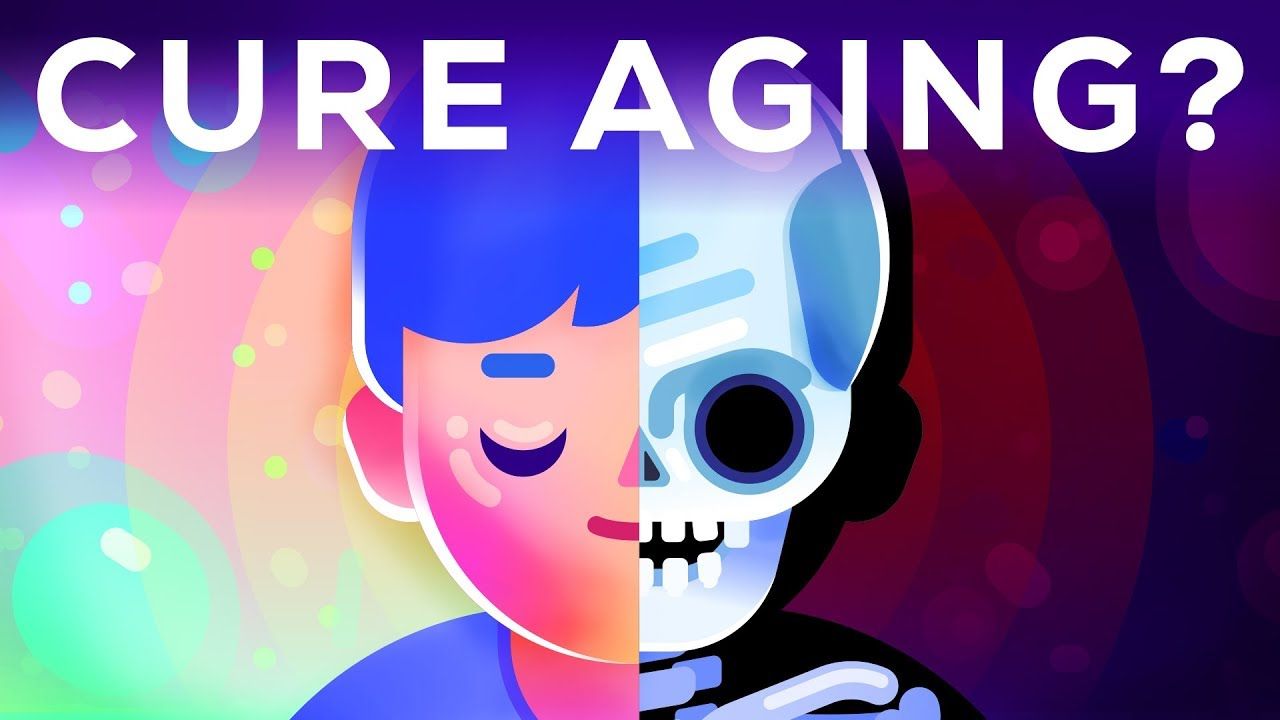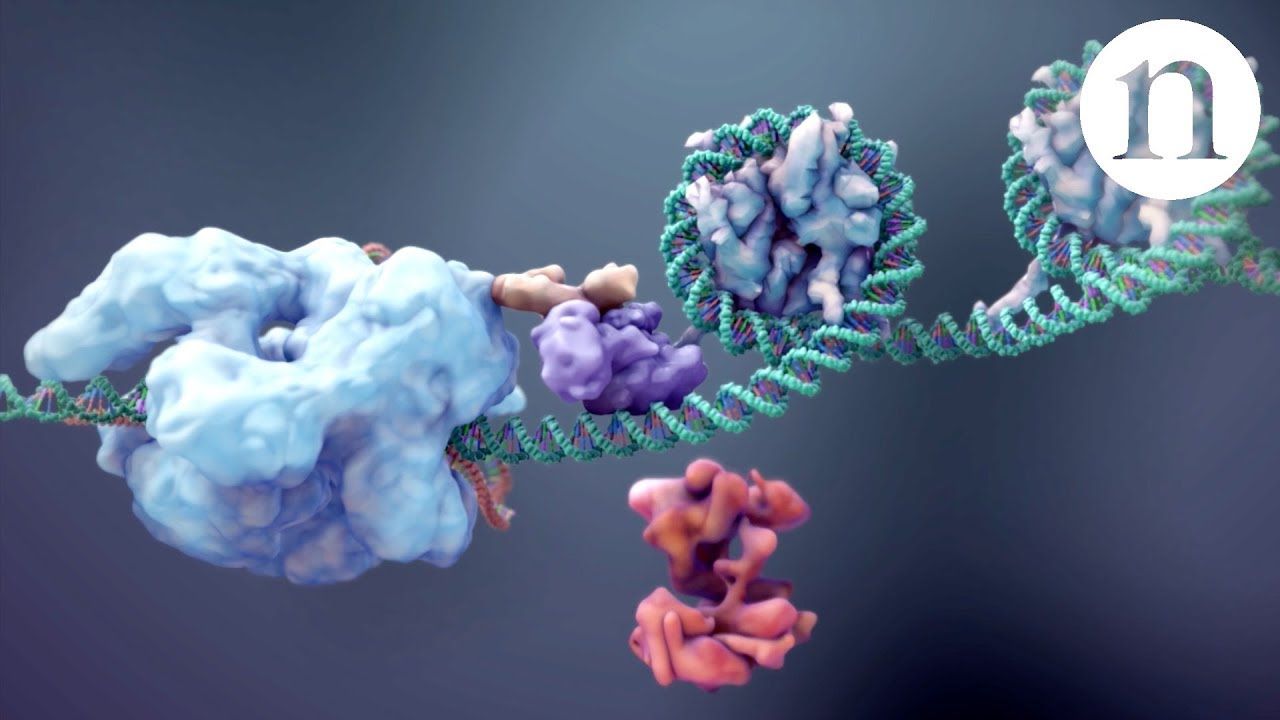This film “Cyborgs Among Us” that has a segment on my #transhumanism work (as well as many others in our community) has its #Dutch premier on Nov 10 in a major international science film festival. Go see it if you can!
Imagine having a sixth sense! These are the first cyborgs that transcend the boundaries of human possibility and spark the debate about the technological evolution of mankind. Cyborgs Among Us offers insight into how technology can become part of us and the social and ethical implications associated with it.
Professor Wouter Serdijn from Delft University of Technology explains technology and the human body from the perspective of bioelectronics.

